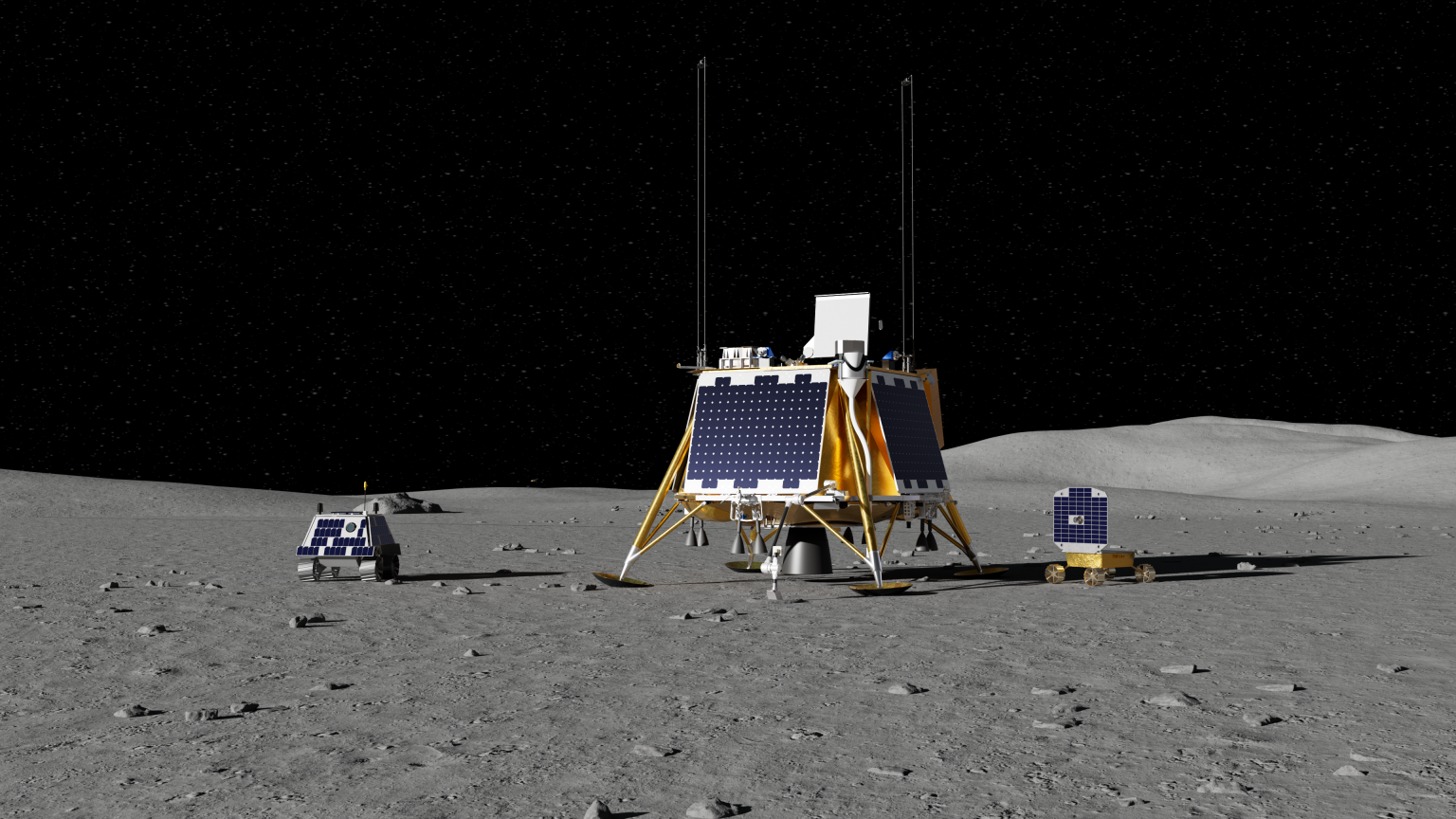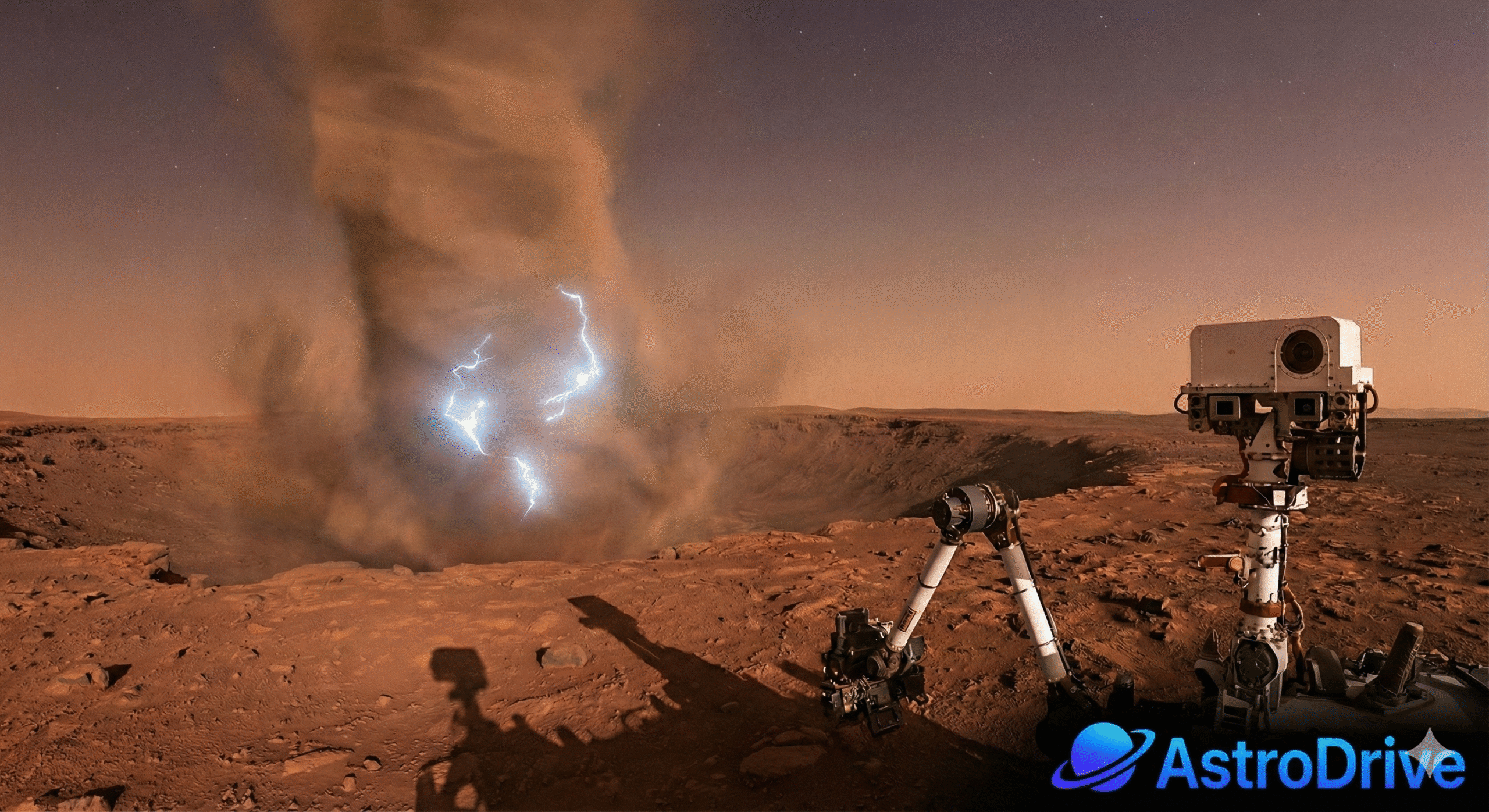NASA CLPS Lunar Mission: Firefly to Land Rovers at South Pole

NASA Awards CLPS Lunar Mission Contract to Firefly
NASA has awarded Firefly Aerospace of Cedar Park, Texas, a $176.7 million contract. Firefly will send two robotic rovers and three scientific instruments to the Moon’s South Pole. This delivery supports NASA’s CLPS (Commercial Lunar Payload Services) program and aligns with the broader Artemis initiative to explore new lunar regions.
First Multi-Rover CLPS Lunar Mission
This mission will be the first CLPS lunar delivery that includes multiple rovers and stationary science instruments. NASA is collaborating with the Canadian Space Agency and the University of Bern. The team will study the Moon’s surface chemistry and evaluate resources within shadowed polar areas.
Joel Kearns, a NASA deputy associate administrator, shared that these studies will directly support both scientific understanding and the goals of long-term lunar exploration.
Timeline and Partnership Overview
Firefly will manage the mission from start to finish under the CLPS task order. The mission aims for a lunar landing in 2029 and will run through March 29, 2030. It marks Firefly’s fifth CLPS award and its fourth mission to the Moon.
Firefly has already completed a near-side lunar landing in March 2025. In 2026, it plans a dual-purpose mission that will deliver a satellite and conduct a far-side Moon landing. In 2028, Firefly is scheduled to explore the Gruithuisen Domes, a unique volcanic region.
Preparing for Future Human Exploration
Adam Schlesinger, NASA’s CLPS initiative manager, explained that each CLPS lunar mission lays the groundwork for future human missions. The technology and data from these deliveries are crucial for establishing a lasting presence on the Moon and preparing for Mars.
What the CLPS Lunar Mission Will Deliver
MoonRanger Rover is a compact autonomous vehicle that will collect images and data while navigating the Moon’s surface. It includes a Neutron Spectrometer System to study hydrogen and soil. This project is led by NASA Ames, Carnegie Mellon University, and Astrobotic.
Stereo Cameras for Plume Surface Studies will observe how rocket plumes affect the Moon’s surface during lander descent. This information will support safer and more efficient future missions. NASA Langley Research Center is leading the project.
Laser Retroreflector Array is a passive device that reflects lasers from Earth to precisely measure distances. It will remain on the Moon as a long-term marker. NASA Goddard Space Flight Center is overseeing its deployment.
CSA Rover from the Canadian Space Agency is designed to explore hard-to-access areas, including permanently shadowed regions. The rover will carry stereo cameras, a neutron spectrometer, and a NASA thermal imager.
Laser Ionization Mass Spectrometer will be mounted on a robotic arm built by Firefly. This tool will use a laser to analyze the Moon’s surface chemistry and isotopic composition. The University of Bern is leading this instrument’s development.
Building a Commercial Lunar Future
NASA’s CLPS lunar mission program aims to create a sustainable Moon economy by working with American companies. These missions will advance science, technology, and commercial innovation. They also prepare NASA for future crewed missions beyond the Moon, including to Mars.
This South Pole mission is not just another lunar delivery. It represents a bold step forward in building the future of lunar exploration.



Hey folks! plataformadejogos is where it’s at! I played on plataformadejogos and had a good run. They have a really good variety of games, you should definitely give this one a go! Check it here: plataformadejogos
Yo, anyone checked out PokerNowClubServer? Seems like a decent spot to get some online poker action goin’. Quick signup and the games are pretty smooth. I’m gonna be back for more, that’s for sure. Check it out yourself at pokernowclubserver. Good luck!
Looking for honest reviews on Lottofy? lottofyreview seems to be a spot that could help with that. Make sure to check multiple sources before making your choice. lottofyreview
Signed up on 982betlogin after a friend recommended it. The login process was straightforward, and the site looks promising. Wish me luck! Login here 982betlogin
Yo, guys! I’m digging jlljph! Seriously, the graphics are top-notch, and the payouts seem decent. Worth a look-see, for sure.